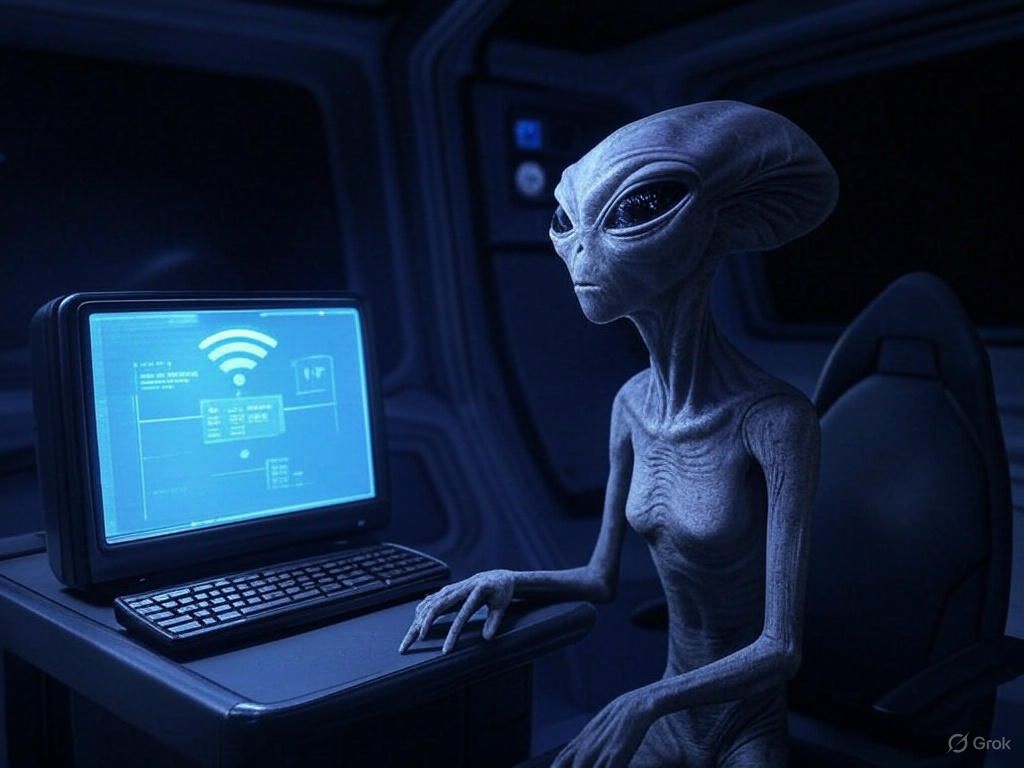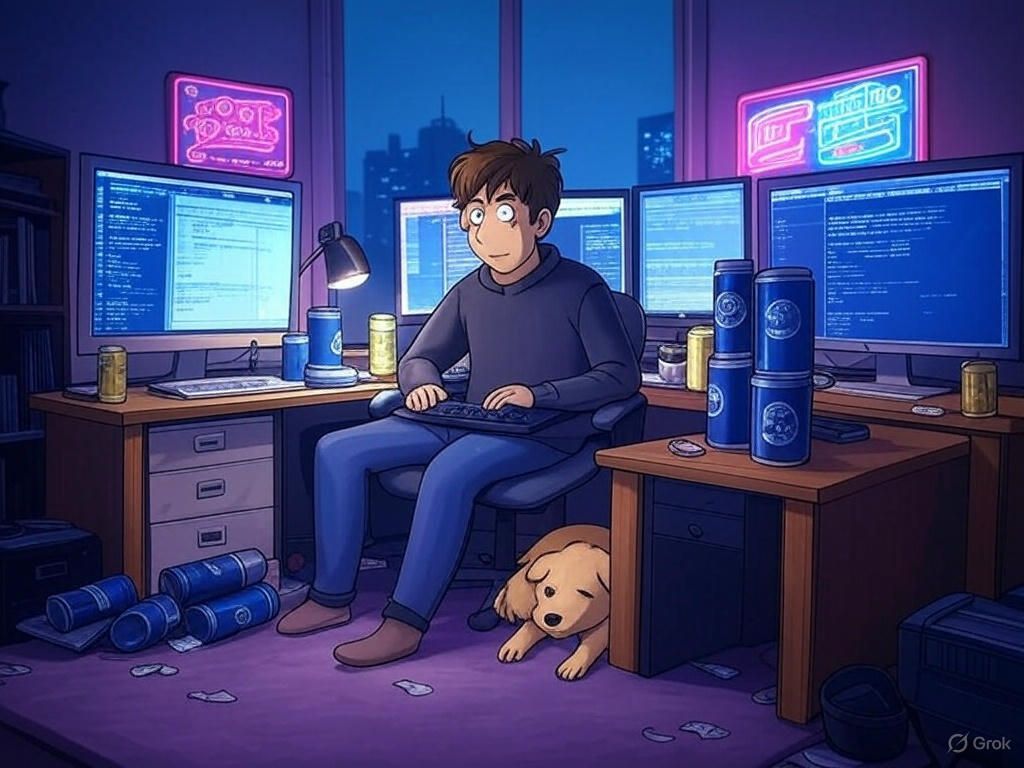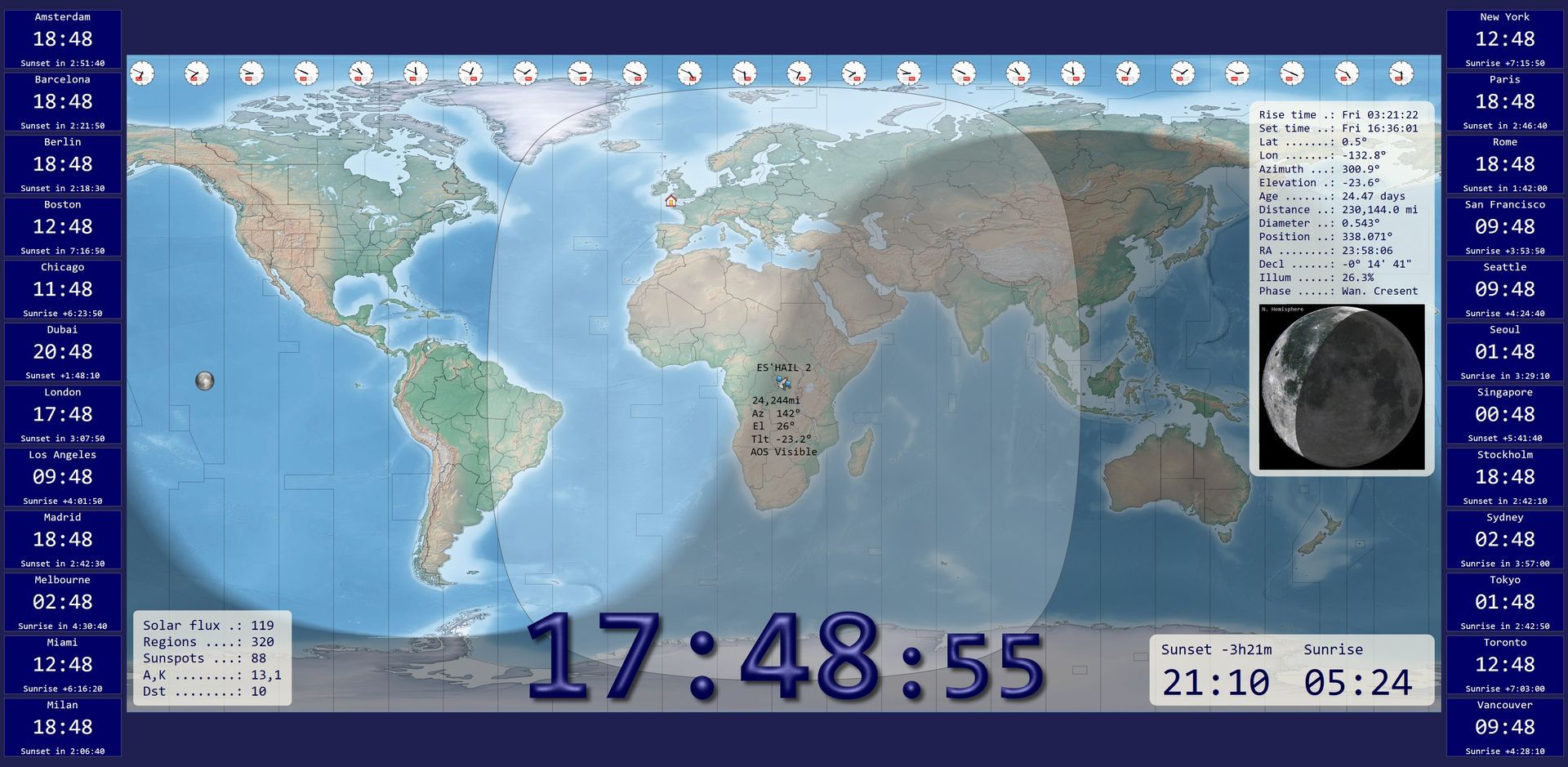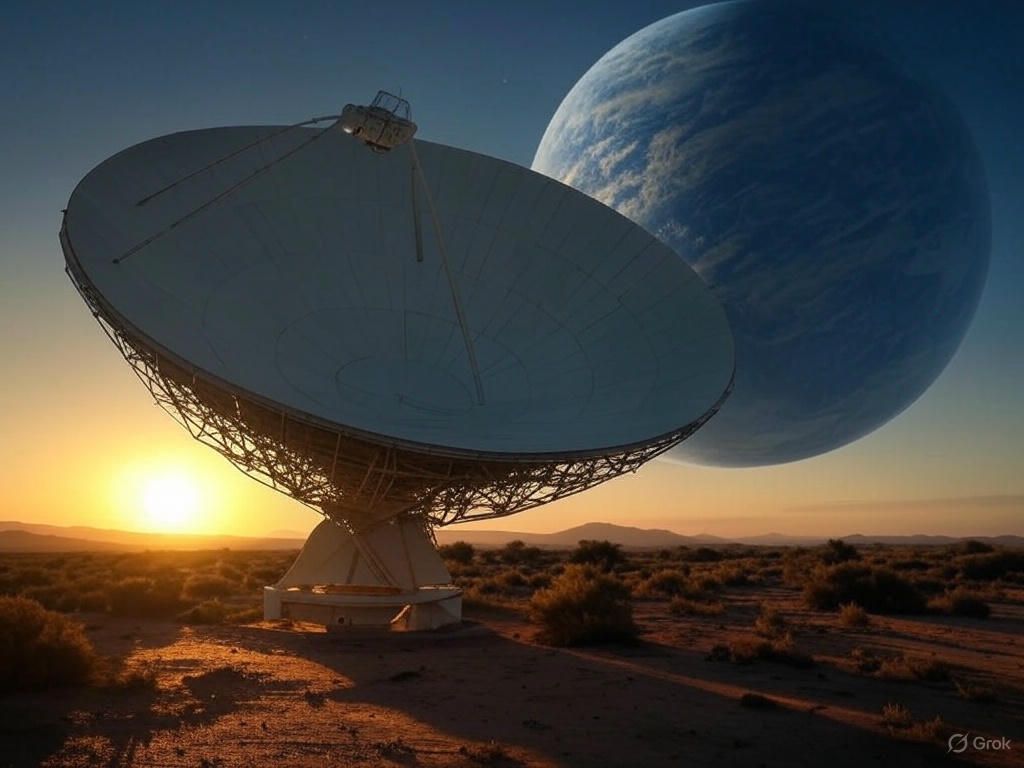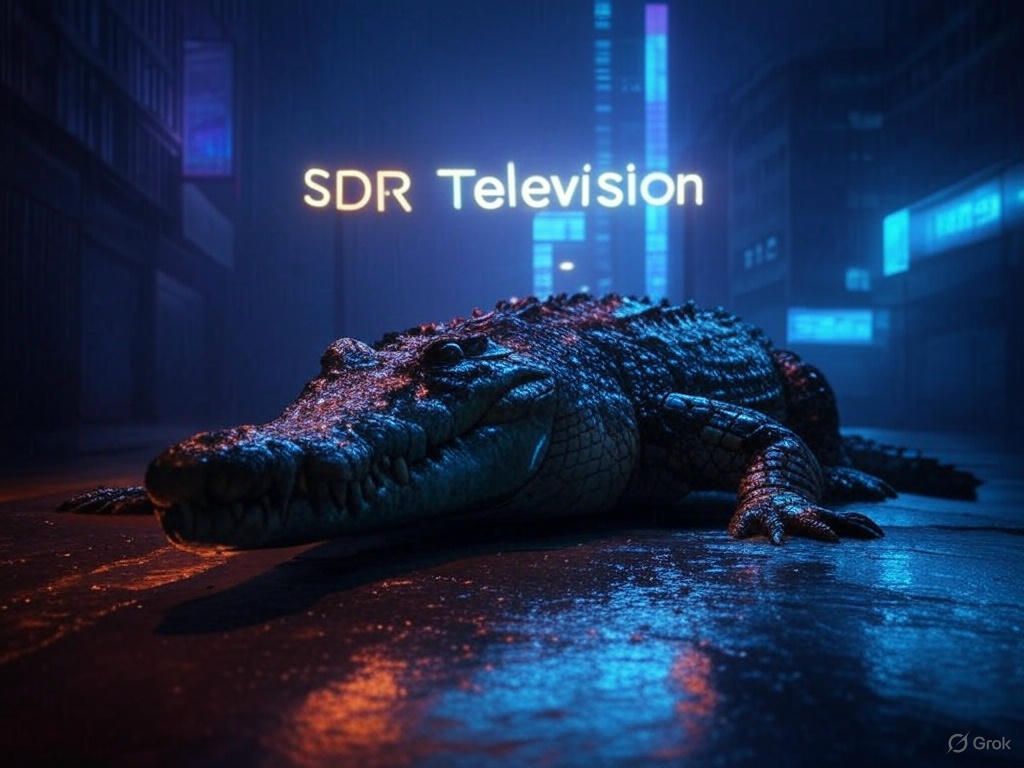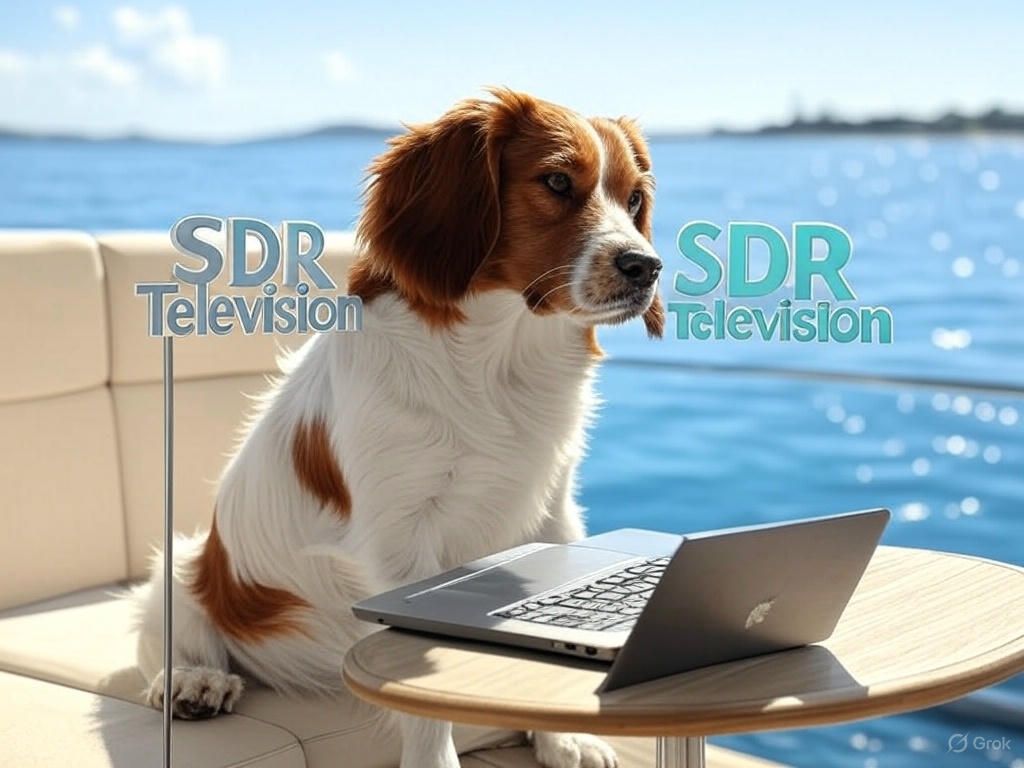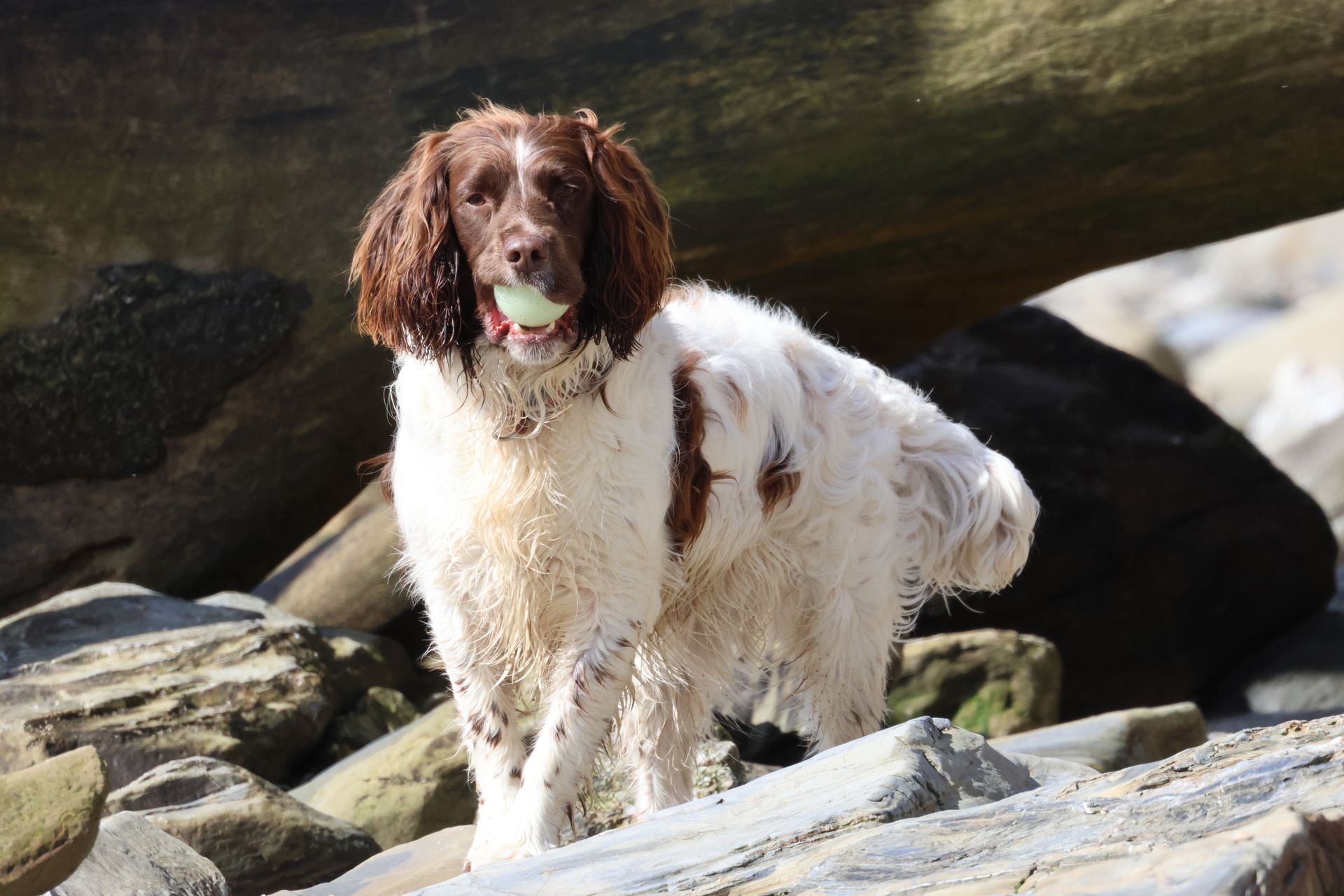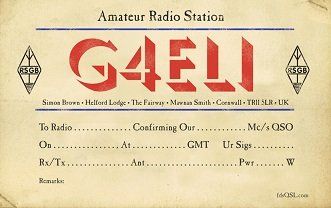SDR Television Beta #2
The first Major Update
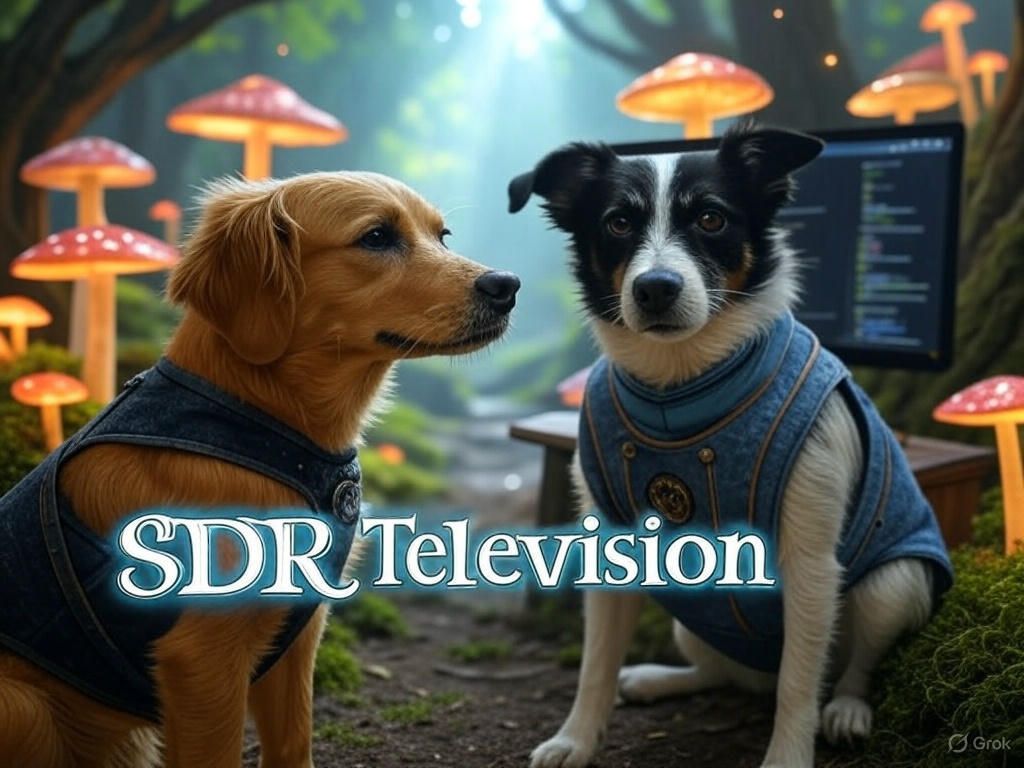
First of all, a big thank-you to everyone who has been trying the software, for the feedback and the help finding a very stupid bug which caused the "Encountered an improper argument" error.
Don't worry - if you use QO-100 then I'll be watching you!
At the bottom of this blog entry are new kits for both SDR Radio and SDR Television, but first here's what's been happening.
SDR Radio
Attacked two problems,
- Selecting Pluto/LibreSDR connected to the network,
- Slow startup when selecting Pluto/LibreSDR connected via USB.
Network Connection
This was a bug I introduced when adding custom LibreSDR support. I do hope it's fixed, if you have a problem please show me the Address field in your Radio definitions.
Slow Startup
It's always good to revisit code with a fresh brain - sometimes design errors jump out and smack you between the eyes. When starting a USB device I was searching in all backends (network, usb, ...) for the device when I knew already that it was a USB device. Now I just look for the device I want to open in the USB devices, this has significantly reduced the startup!
TX Filter Width
Now disabled while transmitting.
Bad Waveform
I'll be working on a problem when running the Pluto/LibreSDR with a bandwidth < 1,000 kHz where the signal appears to have a small crown! Recommended bandwidth is 1,536 kHz or higher.
SDR Television
If you select Transmit > Send a check is made to ensure you have entered your Callsign and Name in the TX: Configuration panel in the program settings (see below). If you haven't then you are prompted to do so.
NVIDIA Broadcast App
I also stumbled across NVIDIA Broadcast App which "transforms any room into a home studio". To use this you'll need a modern RTX GPU from NVIDIA. More information on this page. It's worth trying, has some good audio features.
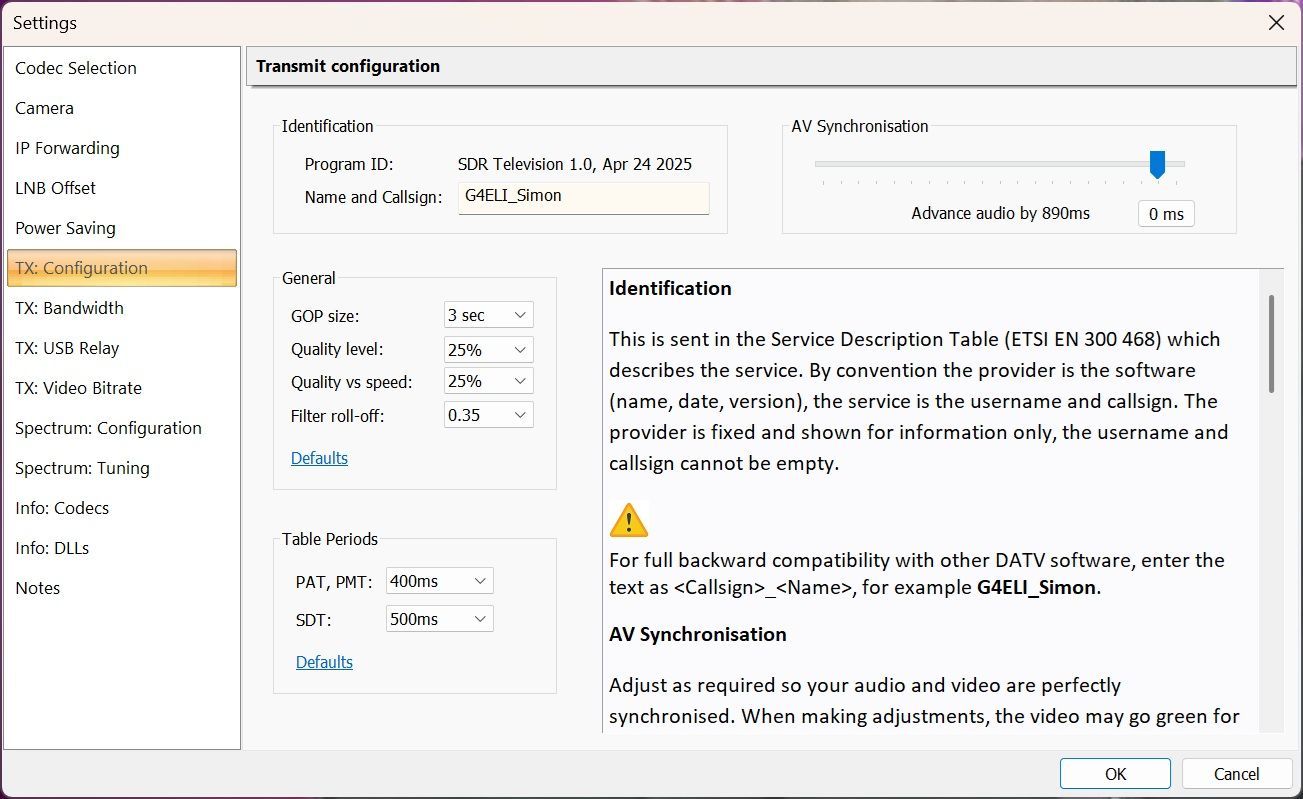
NVIDIA Broadcast App
NVIDIA Broadcast is a free application designed to enhance the quality of livestreams, video calls, and voice chats by using artificial intelligence (AI) to upgrade standard webcams and microphones into smart, premium devices. It leverages the dedicated Tensor Core AI processors found on NVIDIA GeForce RTX, TITAN RTX, or Quadro RTX GPUs to provide real-time AI-powered effects[1][2][5][8].
Key Features
- Noise Removal: Removes unwanted background noise from your microphone feed, such as keyboard clicks, pets, or street noise. This feature can also clean up incoming audio from others[1][5][8].
- Virtual Background: Allows you to remove or replace your webcam background with images, gameplay footage, or a blur effect, similar to a green screen, without needing special equipment[1][5][6][8].
- Auto Frame: Uses AI to track your face and keep you centered in the camera frame, even as you move around[1][5][6][8].
- Video Noise Removal: Reduces visual noise and graininess from your webcam feed, especially helpful in low-light conditions, making the video appear clearer and more professional[5][6].
- Room Echo Removal: Filters out echo from your microphone, improving clarity during calls and recordings[6].
- Virtual Key Light and Studio Voice (Beta): Additional features in development to further enhance video and audio quality[5].
Compatibility and Use Cases
- Works with most popular livestreaming, video conferencing, and voice chat apps, including OBS, Discord, Zoom, and more[1][2][5].
- Requires a compatible NVIDIA RTX GPU for full functionality, as the AI effects rely on Tensor Cores[1][5][8].
- Can be used for game streaming, professional video calls, online teaching, content creation, or simply improving everyday communication quality[2][3][7].
How It Works
NVIDIA Broadcast processes your audio and video feeds in real-time, applying AI effects to clean up noise, improve image quality, and add professional touches—all without the need for expensive hardware or a dedicated studio setup[1][2][5][8].
In summary, NVIDIA Broadcast is a powerful, AI-driven tool that transforms any room into a home studio, making high-quality streaming and communication accessible to anyone with a compatible NVIDIA RTX GPU[2][5][8].
Citations:
[1] https://www.nvidia.com/en-gb/geforce/news/gfecnt/202009/nvidia-broadcast-app/
[2] https://www.nvidia.com/en-gb/geforce/broadcasting/broadcast-app/
[3] https://www.nvidia.com/en-gb/design-visualization/software/broadcast-app/
[4] https://www.youtube.com/watch?v=gTbb_giw4lc
[5] https://www.nvidia.com/en-gb/geforce/broadcasting/broadcast-app/faq/
[6] https://www.youtube.com/watch?v=_kHFTeL1RVU
[7] https://www.nvidia.com/en-gb/geforce/broadcasting/broadcast-sdk/resources/
[8] https://www.windowscentral.com/what-nvidia-broadcast
---
Description created (because I'm lazy today) by Perplexity: https://www.perplexity.ai/
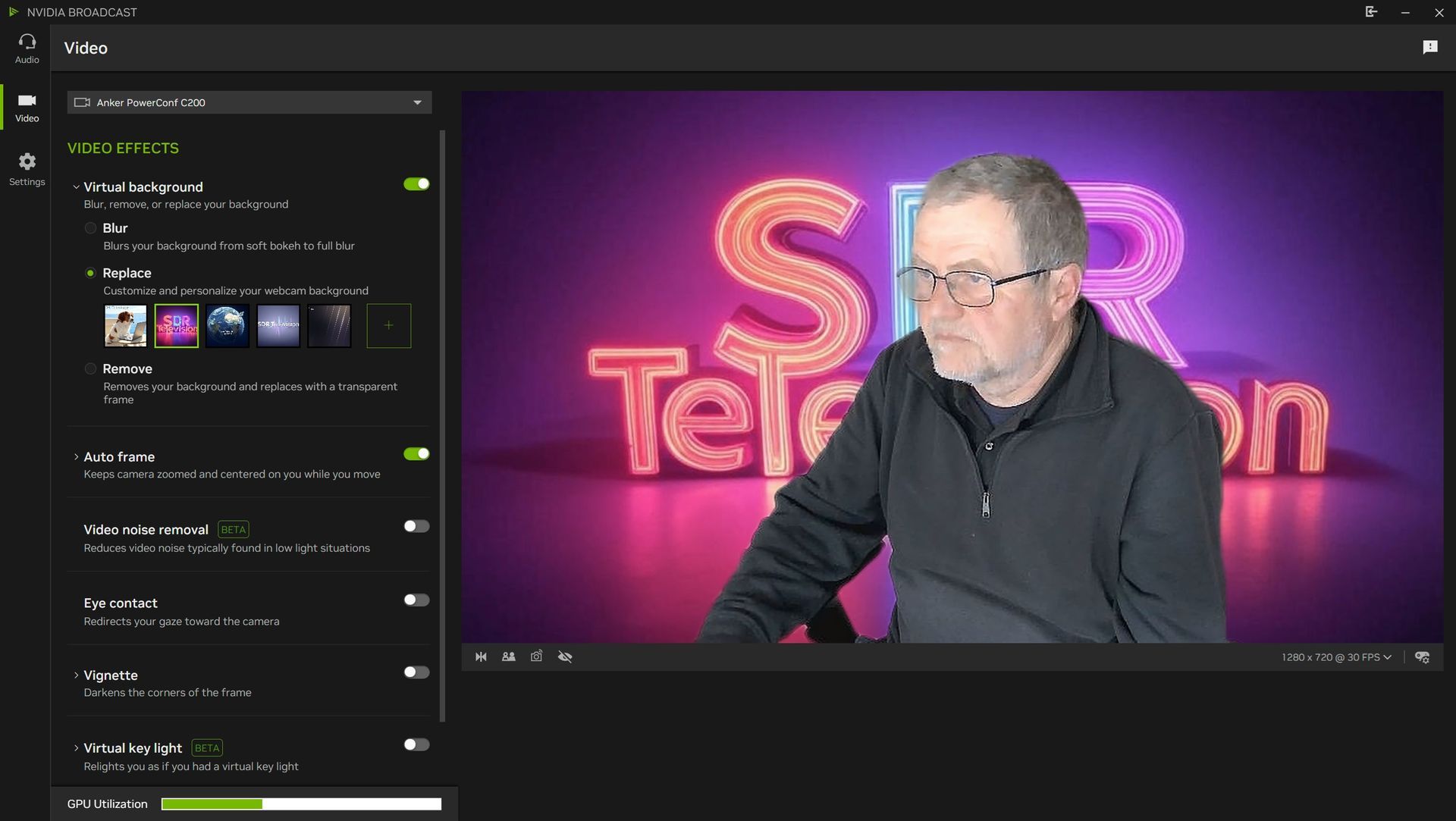
The Kits
So, finally here are the kits:
SDR Radio:
SDR Television:
Any problems - just shout!
